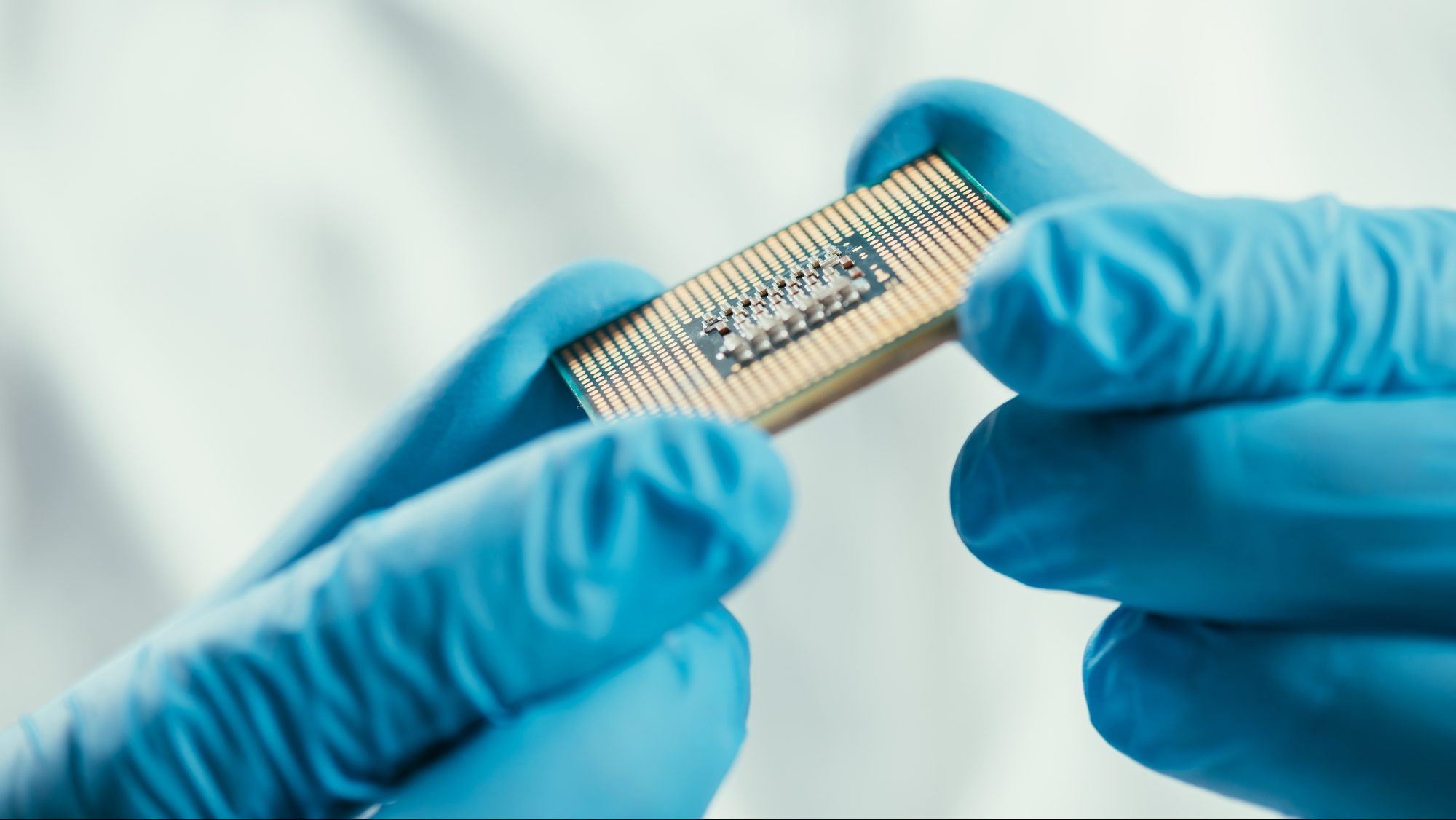MALAYSIA: Malaysia’s semiconductor industry is thriving, but it needs an additional 60,000 engineers to support its ambitious growth plans, according to Wong Siew Hai, chairman of the Malaysia Semiconductor Industry Association (MSIA).
This is in addition to the sector’s current pool of about 90,000 engineers. The goal is to boost Malaysia’s position in the global semiconductor market, currently valued at RM575.45 billion (S$174 billion).
One of the talents driving this effort is Dr Salleh Ahmad, who recently returned to Malaysia after earning a degree in microelectronics at ESIEE Paris and working in France.
Now, he is leading Weeroc’s operations at their new facility in Selangor’s Integrated Circuit (IC) Design Park as chief technology officer (CTO).
This facility in Puchong is central to Malaysia’s plans to advance from traditional semiconductor services to high-value fabless manufacturing and IC design.
According to The Straits Times, Dr Salleh noted, “Malaysia is a good choice due to its bright industry prospects, government incentives, and the low cost of doing business.”
The push for more engineers is driven by the country’s plan to double its chip sector output and market share by 2030.
Currently, Malaysia’s chip sector contributes 7 per cent to global exports and aims to increase this to 15 per cent, boosting its market value from RM575.45 billion to RM1.2 trillion.
The strategy is built around three Rs: recruit, retain, and return—bringing in new engineers, keeping existing talent, and encouraging Malaysians working abroad to return home.
The newly opened Puchong chip design hub, touted as one of the largest in Southeast Asia, plays a crucial role in this strategy. It needs up to 400 local engineers, with 60 already hired.
According to Ng Sze Han, Selangor’s state executive councillor for investment, the hub offers salaries up to RM6,000 for new graduates.
This is much higher than the national median of RM2,600 and surpasses the salaries in Selangor (RM2,900), Kuala Lumpur (RM3,900), and Penang (RM2,645). This is intended to attract and retain skilled engineers in Malaysia.
“Anchor tenant MaiStorage has established an office in the park. Five Malaysians who previously worked at Taiwan’s Hsinchu Technology Park have returned to lead and mentor local hires as qualified IC designers,” he noted.
Although in Taiwan and France, engineering graduates can earn up to RM9,000 and RM17,000 a month, they usually need a master’s degree.
When asked about competing with countries like Singapore, Mr Ng said that Malaysia “can’t treat Singapore as a competitor” but rather as part of a larger supply chain. “Our cost of doing business is lower than Singapore,” he noted.
He also added that not all talents seek the highest salary or a fast-paced environment; many prefer a better quality of life, which Puchong offers.
Companies like MaiStorage, a subsidiary of Taiwan’s Phison Electronics, have already established a presence in the park. MaiStorage’s investment could further stimulate Malaysia’s semiconductor sector, potentially drawing back Malaysian engineers working overseas.
Phison’s Malaysian co-founder, Pua Khein Seng, said he believes “Malaysia is more convenient, even though its efficiency is lower than Taiwan in terms of output.”
Mr Pua also mentioned that if Malaysia’s IC design sector takes off as expected, MaiStorage will require at least 500 engineers to meet its operational needs.
Meanwhile, Penang Chief Minister Chow Kon Yeow is optimistic that the “Silicon Valley of the East” will attract and keep skilled workers.
He noted that Malaysia is home to over 30 IC design companies, with 28 of them based in Penang.
The talent pool in Penang is well-established, and its capital, Georgetown, is launching a new initiative called “Penang Silicon Design @5km+” to attract, hire, and develop essential talent.
MSIA’s Mr Wong added that Malaysia’s chip industry has built a strong ecosystem over the past five decades, helping to retain talent through competitive pay, good job prospects, and a balanced work-life environment.
Major local companies like Oppstar, SkyeChip, Infinecs, and global giants such as AMD and Intel have employed over 7,000 engineers in Penang alone.
Infineon Technologies, Germany’s largest semiconductor manufacturer, with over 500 employees in Penang, boasts one of the lowest attrition rates in the sector.
According to Dr Raj Kumar, senior vice-president for technology and research and development at Infineon, the company’s 5 per cent turnover rate is well below the industry average of 10 to 15 per cent, thanks to ongoing career development and training. /TISG
Read also: 5 Singapore stocks set to gain in 2024 semiconductor recovery
Featured image by Depositphotos

